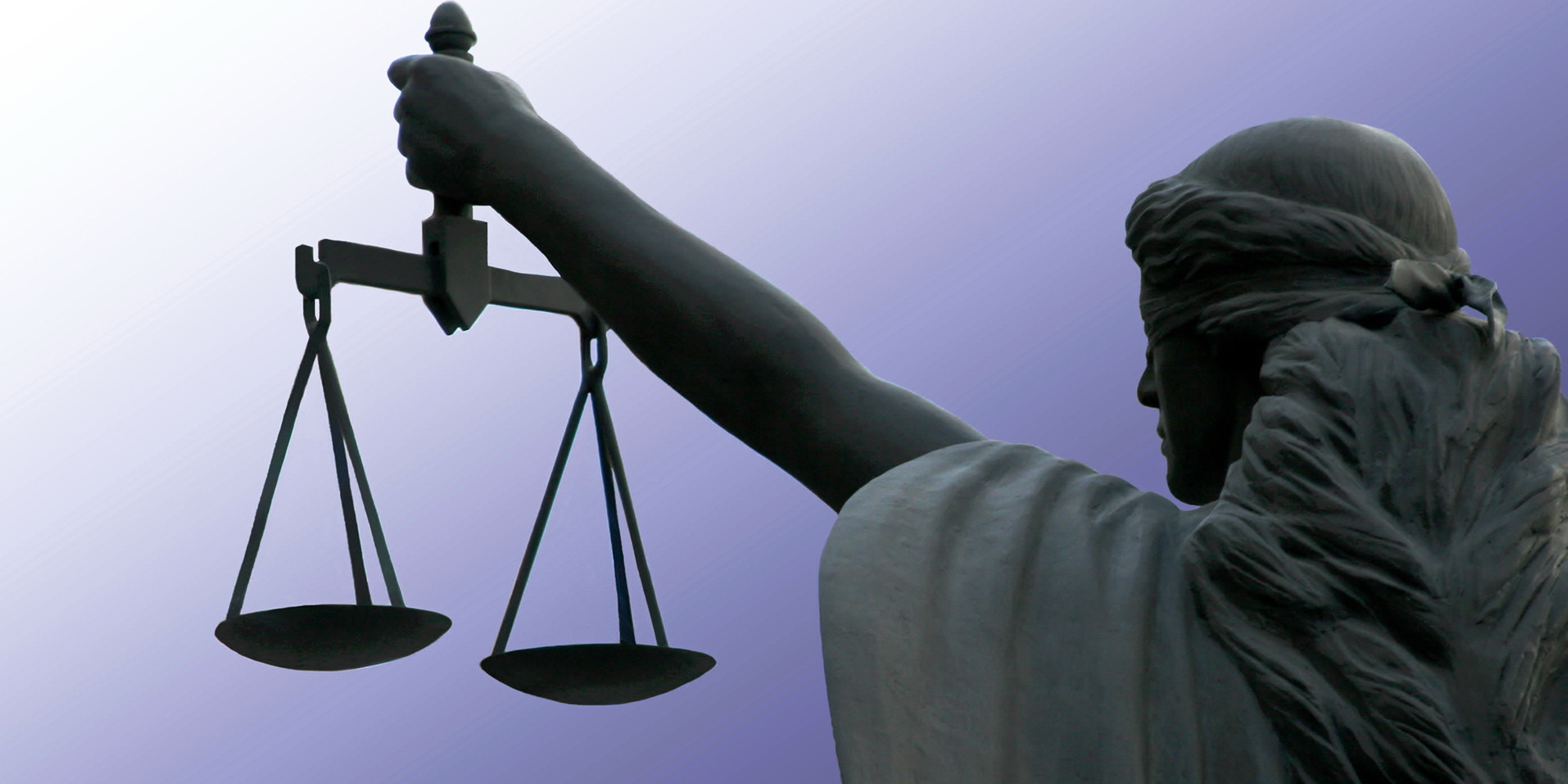1 min read
The Duty to Consult Just Keeps on Evolving
The jurisprudence of this Court supports the view that the duty to consult and accommodate is part of a process of fair dealing and reconciliation...

 Case Comment on Enge v. Mandeville et al, 2013 NWTSC 33 and R. v. Hirsekorn, 2013 ABCA 242
Case Comment on Enge v. Mandeville et al, 2013 NWTSC 33 and R. v. Hirsekorn, 2013 ABCA 242
By Bruce McIvor
Asserting an Aboriginal right and proving an Aboriginal right are very different things and lead to very different legal obligations. Recent court decisions from the Northwest Territories and Alberta on Métis Aboriginal rights demonstrate the differing legal requirements for asserting versus proving an Aboriginal right and why they are important.
The Decisions
Enge v. Mandeville et al, 2013 NWTSC 33
The size of the Northwest Territories’ Bathurst caribou herd plummeted between 2006 and 2009. As an emergency conservation measure the Tlicho Government and the Government of the Northwest Territories (GNWT) limited the 2010-2011 harvest to 300 caribou divided between the Tlicho and the Yellowknives Dene First Nation. The North Slave Métis Alliance argued that the GNWT had breached its duty to consult and accommodate by not allocating part of the harvest to the Métis.
In its reasons for decision, the Court emphasized that even dubious or weak claims of Aboriginal rights will trigger the duty to consult. Once the duty is triggered, the Crown must prepare a preliminary assessment of how strong the unproven claim is and the potential impact of the pending decision on asserted Aboriginal rights. This assessment, which should be shared with the Aboriginal people claiming the right, guides the scope and content of consultation. The Court concluded that the GNWT had breached its obligation to consult with the Métis because even though the Métis had a credible (though as-yet unproven) claim to an Aboriginal right to hunt the Bathurst caribou herd, the GNWT did not prepare the necessary preliminary assessment and did not consult meaningfully and reasonably with the Métis.
R. v. Hirsekorn, 2013 ABCA 242
In 2007 Garry Hirsekorn killed a mule deer near the Cypress Hills in southeastern Alberta. When he was charged by the Province for hunting out of season and without a licence, he defended himself by asserting an Aboriginal right to hunt as a Métis person.
The Alberta Court of Appeal concluded that Hirsekorn did not have to prove the existence of a historic Métis community in the vicinity of the location where he shot his deer or that the specific hunting location was integral to Métis culture. But, the Court held, it wasn’t sufficient for Hirsekorn to rely on the fact that historically the Métis had hunted in central and southern Alberta or generally throughout the plains. Instead, Hirsekorn had to prove that his ancestors frequented the Cypress Hills so that it was part of their ‘ancestral lands’ or ‘traditional territory’ for hunting before the arrival of the Northwest Mount Police in 1874. Because, according to the Court, Hirsekorn had failed to prove this, he could not establish an Aboriginal right to hunt in the Cypress Hills.
Why it matters
As the decision in Enge exemplifies, the threshold for triggering the Crown’s duty to consult is relatively low. While the Métis have to point to evidence that fits the Aboriginal rights test laid down by the Supreme Court in Powley to trigger the Crown’s duty, a credible claim will do, even if it might be unlikely to succeed in court. In contrast, the decision in Hirsekorn demonstrates how difficult it can be to establish an Aboriginal right in court, especially for the Métis of the prairies. The Powley test was not designed to favour a highly mobile society with few documentary records.
One reason it is much more difficult to prove an Aboriginal right than it is to trigger the duty to consult is that the legal consequences are very different. Once triggered, the duty to consult doesn’t necessarily lead to accommodation. If a claim is weak and/or the potential effects minimal, the legal obligation on the Crown may not be particularly onerous. But if an Aboriginal right is proven in court or otherwise recognized, or a First Nation has established Treaty rights, governments may be required to do more than simply consult and perhaps accommodate. Depending on the circumstances, they may have to show that there is a valid reason to infringe the right, that they have infringed the right as little as necessary and that they have given priority to the Indigenous people in exercising their right.
The differing requirements for triggering the duty to consult and for proving an Aboriginal right, and the different legal obligations on government that flow from each, underscore why Indigenous people with recognized Aboriginal and Treaty rights should be cautious about agreeing to processes which require no more than consultation and, perhaps, accommodation. Recognized Aboriginal and Treaty rights deserve respect—governments shouldn’t diminish them by treating them the same as unrecognized or unproven Aboriginal rights.
If you found this article on duty to consult interesting, here's another article on the reason we all consult you might also enjoy.
We feature articles on significant court cases in our newsletter so if this is your area of interest, sign up now to receive our free, weekly newsletter.

1 min read
The jurisprudence of this Court supports the view that the duty to consult and accommodate is part of a process of fair dealing and reconciliation...

The doctrine of Aboriginal rights exists… because of one simple fact: when Europeans arrived in North America, Aboriginal peoples were already here,...

The 1990 Supreme Court Decision in R. v. Sparrow was the first Supreme Court of Canada decision which applied s. 35 of the Constitution Act, 1982...